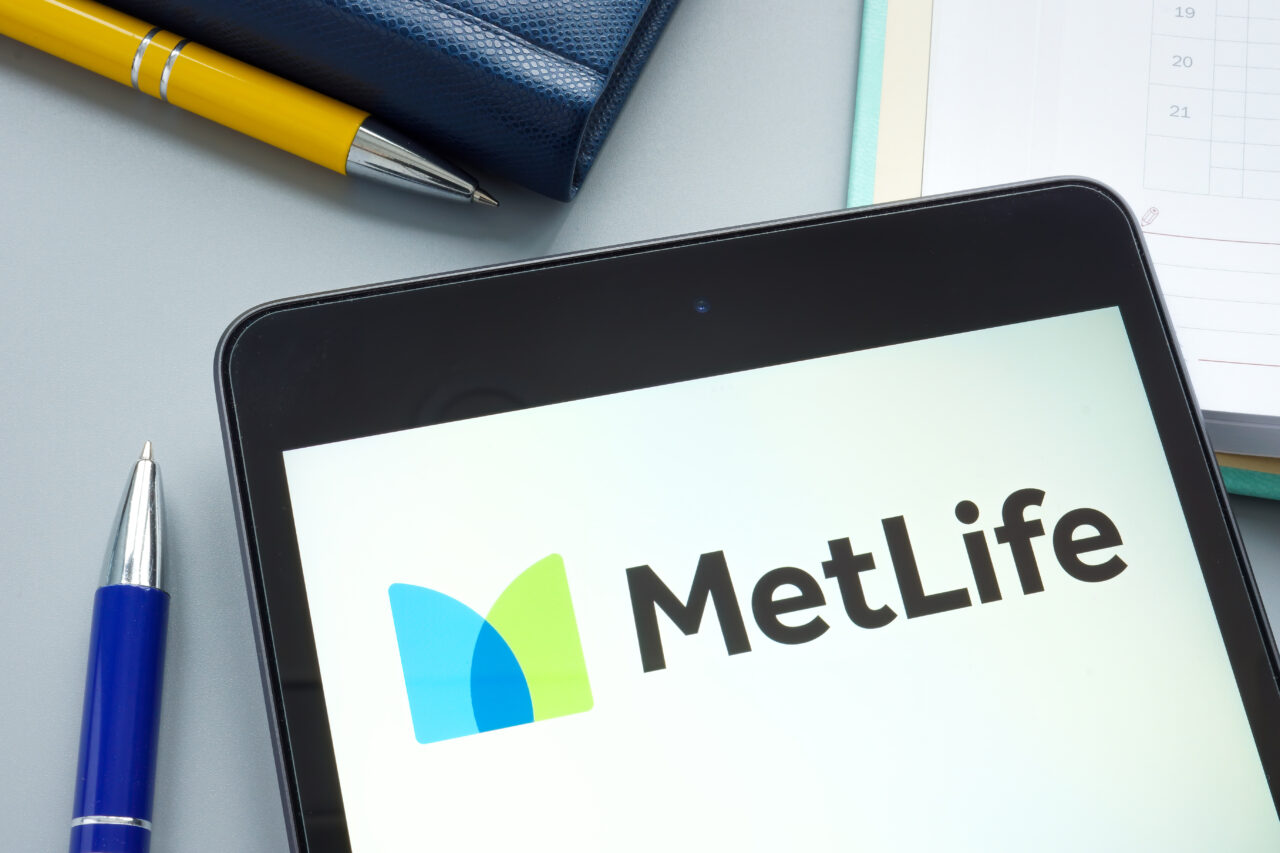
We are now at the height of election season when pollsters, pundits, and politicians have zeroed in on the issues that matter most and are making their case to voters that they are best equipped to tackle those challenges. Poll after poll shows that the economy will be the top concern at the ballot box.
Americans are thinking about how to put food on the table, how much it will cost to fill their cars up with gas, and how to provide financial security for their families. In a recent Economist/YouGov poll, inflation and high prices were rated as the most pressing issue for voters.
As Americans navigate stubbornly high prices, the cost of insurance is becoming a major financial pain point. Auto and homeowners’ insurance rates alone have surged well past the pace of inflation, but insurers and regulators have said little about what big insurance companies should be doing to help Americans manage skyrocketing premiums. That’s sadly unsurprising, given that these companies have already thwarted regulations, paving the way for today’s price gouging.
Once again, some of these same companies are exercising their influence to stamp out their competition in the marketplace and protect their own profits.
MetLife, for example, is one of the largest and most profitable insurers. The company recently reported a rise in profits buoyed by higher premiums. Adjusted premiums, fees, and other revenues for the firm rose to almost $12 billion.
MetLife has long looked out for its own bottom line. The company successfully fought back against regulatory oversight that would have subjected it to higher operating standards and required it to keep more capital in reserve in the event of a market downturn.
Following the Global Financial Crisis, the Dodd-Frank Act established the Financial Stability Oversight Council (FSOC), giving it the authority to label banks and other financial institutions as systemically important financial institutions (SIFIs) deemed “too big to fail.” SIFIs are subject to increased regulatory requirements and scrutiny — including higher capital requirements, periodic stress tests, and strict oversight by the Federal Reserve.
MetLife was deemed a SIFI thanks to its massive scope of investments across the economy, and FSOC declared that financial distress at MetLife “could pose a threat to the financial stability of the United States.” Still, despite its size and influence in the marketplace as the top writer of life insurance and a major investor in a wide variety of assets and financial sectors, the company successfully mounted a legal fight to avoid oversight from the federal government.
Now, MetLife has turned around and is puppeteering the insurance industry’s leading regulatory body. Last year, MetLife signed a letter to the National Association of Insurance Commissioners (NAIC) supporting higher capital charges or cash-on-hand requirements for certain investments in life insurance. These punitive changes target newer, smaller insurers and protect big insurers like MetLife, which account for nearly 54% of the market share. The company has been relentless in its push for the rule, most recently writing an additional individual letter of support to the NAIC after previously advocating for it in the media.
The proposed regulation will inevitably reduce options for Americans trying to plan for their future and protect their families—but it wouldn’t apply to MetLife. In truth, these efforts are likely meant to distract regulators by asking them to pursue rules benefiting MetLife rather than focusing on the real and urgent issue at hand—life insurance companies’ overexposure to investments in commercial real estate (CRE).
The NAIC reports that over 10 years between 2013 and 2022, the U.S. insurance industry’s exposure to mortgage loans has almost doubled, with commercial properties accounting for a vast majority of that exposure. Companies like MetLife represent almost 90% of the industry’s exposure to commercial real estate, and that exposure is only growing. This summer MetLife acquired a Los Angeles office building that has lost nearly half its value since 2020 and still faces challenges finding tenants.
The Federal Reserve’s April 2024 Financial Stability Report stated that a significant correction in commercial property values could put pressure on insurance companies. That reality is coming to bear, with prices dropping by double digits in the past year. Despite all of this, MetLife has led the charge in downplaying investor concerns over exposure to these investments.
MetLife’s actions are a classic case of rules for thee and not for me. Big Insurance is happy to push for more regulation when it fits with their bottom line, regardless of the fallout consumers will have to deal with.
Americans currently face a bevy of uphill battles but should make an effort to pay closer attention to what insurers are preoccupied with as they ignore their obligations to policyholders.
___
Brett Tillotson is a Tallahassee-based firefighter and serves on the board of Florida Consumer Alliance.



